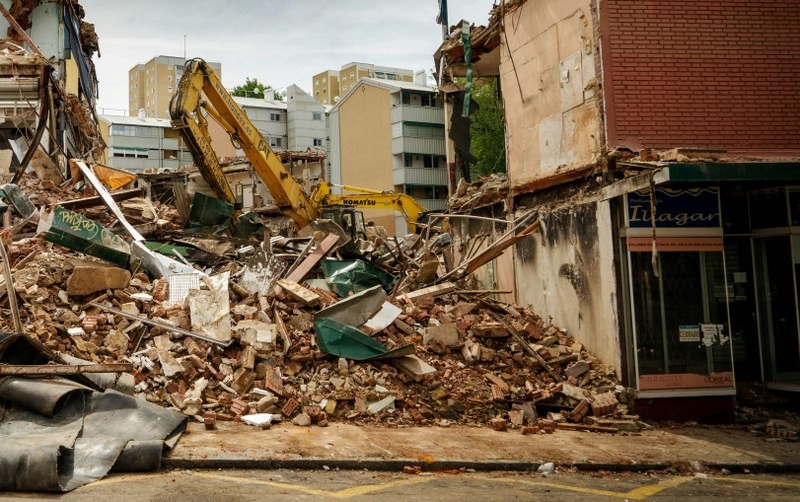
UN seeks additional USD 240 million for Myanmar Earthquake relief
The United Nations is ramping up its response to Myanmar’s devastating earthquake, calling for increased funding and an immediate ceasefire to ensure more aid reaches those in desperate need, two weeks after strong quakes left the Asian nation highly damaged.
The 7.7 magnitude earthquake – which struck on March 28 – has claimed over 3,600 lives, injured a further 4,800 people and left 184 still missing.
The disaster has affected more than nine million people across 58 townships, with thousands of buildings, including hospitals and schools, reduced to rubble. Aftershocks continue to rattle the hardest-hit regions, exacerbating an already dire humanitarian crisis.
In response, UN agencies are calling for an additional $241.6 million to aid those in the most affected regions, while also channelling $134 million from the 2025 Humanitarian Needs and Response Plan for Myanmar – which was released in December 2024.
The revised plan identifies around two million newly affected people in urgent need of assistance, adding to the 4.3 million who were already in need before the quake.
Myanmar was already in crisis before the disaster, with nearly 20 million – roughly a third of the population – in need of humanitarian assistance and protection, amid a brutal civil war between the forces of the military junta which seized power in February 2021 and opposition militias.
Heartbreaking Destruction
During a visit to Myanmar, UN Special Envoy Julie Bishop met with communities devastated by the quake and urged international support for both immediate relief and long-term reconstruction.
She reiterated the urgent need for a ceasefire to enable humanitarian response and recovery.
“We need to continue to urge for a ceasefire, to stop the killing, stop the conflict so that the humanitarian workers, the search and rescue teams and those involved in rebuilding and reconstruction have the space to operate safely and securely,” she said.
Bishop described the destruction as “heartbreaking” and praised the resilience of survivors.
“I was particularly struck by those who have lost their homes but are determined to rebuild amid the rubble,” she said, stressing the need for global support.
“The international community has a significant role to play in supporting additional funding during this particular time of need but also using their influence to ensure…that all actors in this conflict put down their arms and focus their efforts on restoring the shattered lives of the people of Myanmar.”
Response Overwhelmed
UN agencies report that Myanmar’s vital public services, already strained by conflict and instability, are now overwhelmed.
Myanmar’s remaining health facilities have critical shortages of medical supplies, the UN Children’s Fund (UNICEF) said in a humanitarian bulletin.
More than 193 healthcare centres and 2,311 schools have been damaged or destroyed, while ongoing infrastructure failures have led to food shortages, rising prices, and an increased risk of infectious diseases.
A cluster of acute watery diarrhoea (AWD) cases has already been reported in Sagaing and Mandalay, exacerbated by the destruction of sanitation systems.
Furthermore, extreme heat – reaching 44°C (111°F) – and heavy, off-season rains have worsened conditions for survivors, many of whom remain without shelter.
Fragile Infrastructure Exposed
The earthquake has also reignited concerns about Myanmar’s fragile infrastructure.
The UN Economic and Social Commission for Asia and the Pacific (ESCAP) warned that rebuilding roads, bridges and key public buildings must be prioritised to prevent future disasters inflicting a similar level of damage.
“This is not optional – it is a social and economic imperative,” the commission said.
Support Our Journalism
We cannot do without you.. your contribution supports unbiased journalism
IBNS is not driven by any ism- not wokeism, not racism, not skewed secularism, not hyper right-wing or left liberal ideals, nor by any hardline religious beliefs or hyper nationalism. We want to serve you good old objective news, as they are. We do not judge or preach. We let people decide for themselves. We only try to present factual and well-sourced news.







